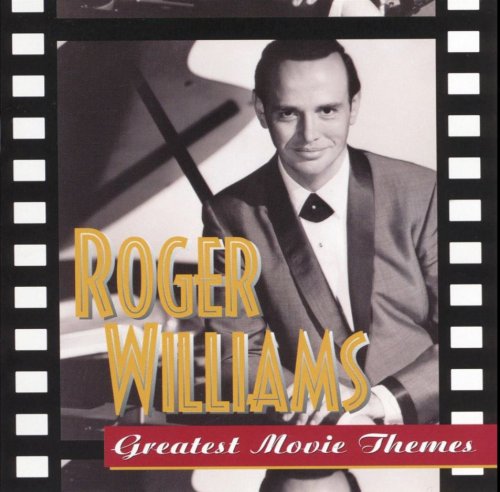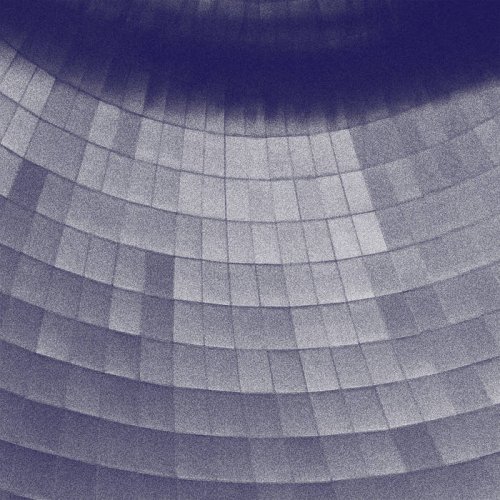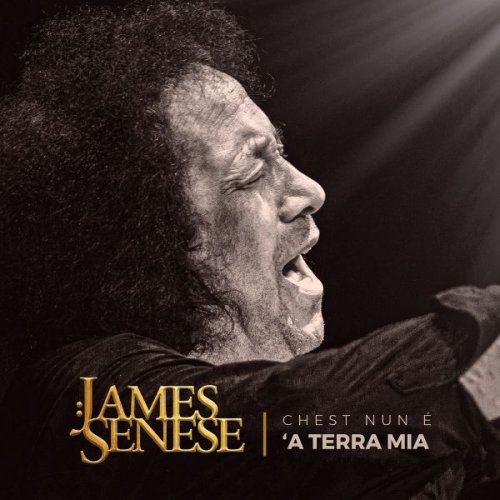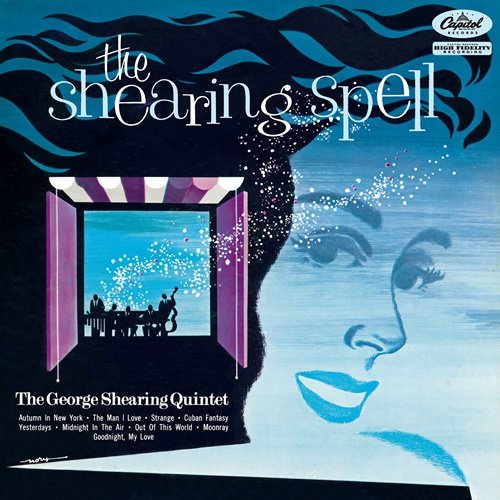Zuzana Ruzickova - Scarlatti: Harpsichord Sonatas (2019)
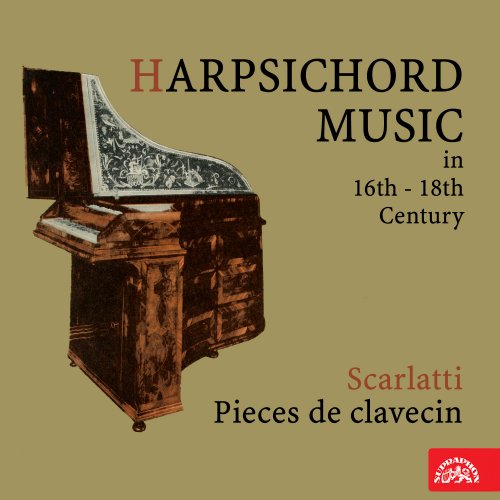
Artist: Zuzana Ruzickova
Title: Scarlatti: Harpsichord Sonatas
Year Of Release: 2019
Label: Supraphon VT 1068-2
Genre: Harpsichord, Classical
Quality: FLAC (tracks)
Total Time: 50:34
Total Size: 301 MB
WebSite: Album Preview
Tracklist:Title: Scarlatti: Harpsichord Sonatas
Year Of Release: 2019
Label: Supraphon VT 1068-2
Genre: Harpsichord, Classical
Quality: FLAC (tracks)
Total Time: 50:34
Total Size: 301 MB
WebSite: Album Preview
1. Sonata In C Major (Kirkpatrick 420, Longo Suppl. 2)
2. Sonata In C Major (Kirkpatrick 513, Longo Suppl. 3)
3. Sonata In A Major (Kirkpatrick 537, Longo 293)
4. Sonata In A Minor (Kirkpatrick 149, Longo 93)
5. Sonata In E Minor (Kirkpatrick 15, Longo 374)
6. Sonata In D Major (Kirkpatrick 29, Longo 461)
7. Sonata In A Major (Kirkpatrick 24, Longo 495)
8. Sonata In A Major (Kirkpatrick 533, Longo 395)
9. Sonata In D Major (Kirkpatrick 33, Longo 425)
10. Sonata In D Major (Kirkpatrick 140, Longo 107)
11. Sonata In B Flat Major (Kirkpatrick 544, Longo 497)
12. Sonata In B Flat Major (Kirkpatrick 545, Longo 500)
The revival Of D. Scarlatti's work today is closely connected with the revival of the harpsichord. The master of genius, who lived at the same time as Bach and created such diametrically opposite worlds with him, connected all his work with the harpsichord, as Chopin later did with the piano. Both Scarlatti and Chopin have spent their entire lives being fascinated and inspired by the sounds of their instrument and finding new technical possibilities and new sources of musical content. Unlike Chopin, Scarlatti was still limited in formal terms, namely, to a single form of a work of one movement in two sections, which he called sonatas. He relentlessly filled this form with new and new life. Here we will find in close proximity tenderness and sarcasm, heartfelt passion and wild outbursts of anger, humor and demonic melancholy, violence and moderate grace. Scarlatti is a Goya in music. He has the same love for the fiery temperament of Spanish folklore and the same shrewd ability to portray the quirky numbness of the Royal court. Military, hunting and pastoral images, brilliant etudes, ironic serenades, passionate Nocturnes and tragic pavanes — sometimes we are sorry that the author did not give them names, and sometimes we are grateful to him for this, since the listener can be a poet who will give names to these works himself.
The modern listener will never cease to be amazed and captured by the harmonic and structural boldness of Scarlatti's works. According to Burney Scarlatti himself once formulated his aesthetic credo in the words: "I know what broke the rules. But does my music offend the ear? This is the only rule that interests me — not to offend the only feeling that the music appeals to." this view of Scarlatti remains relevant to this day, as well as all of his work.
The modern listener will never cease to be amazed and captured by the harmonic and structural boldness of Scarlatti's works. According to Burney Scarlatti himself once formulated his aesthetic credo in the words: "I know what broke the rules. But does my music offend the ear? This is the only rule that interests me — not to offend the only feeling that the music appeals to." this view of Scarlatti remains relevant to this day, as well as all of his work.
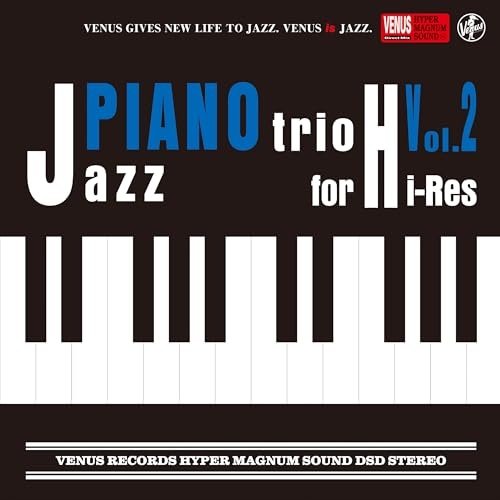
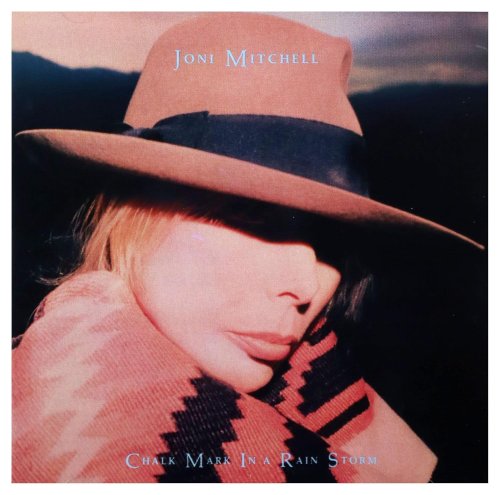

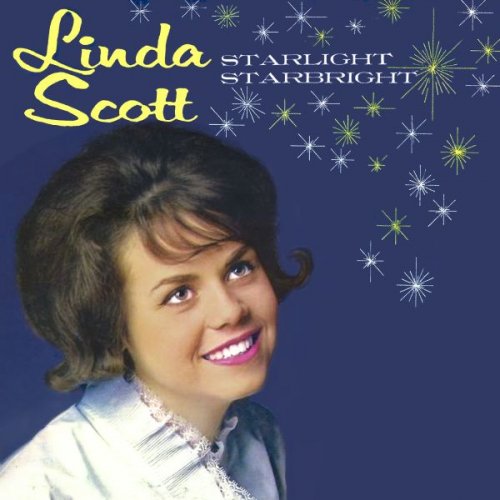
![Eyvind Kang - Riparian (2025) [Hi-Res] Eyvind Kang - Riparian (2025) [Hi-Res]](https://img.israbox.com/img/2025-11/04/g34qxeyc8mo1mfp7s1f9avc8q.jpg)
